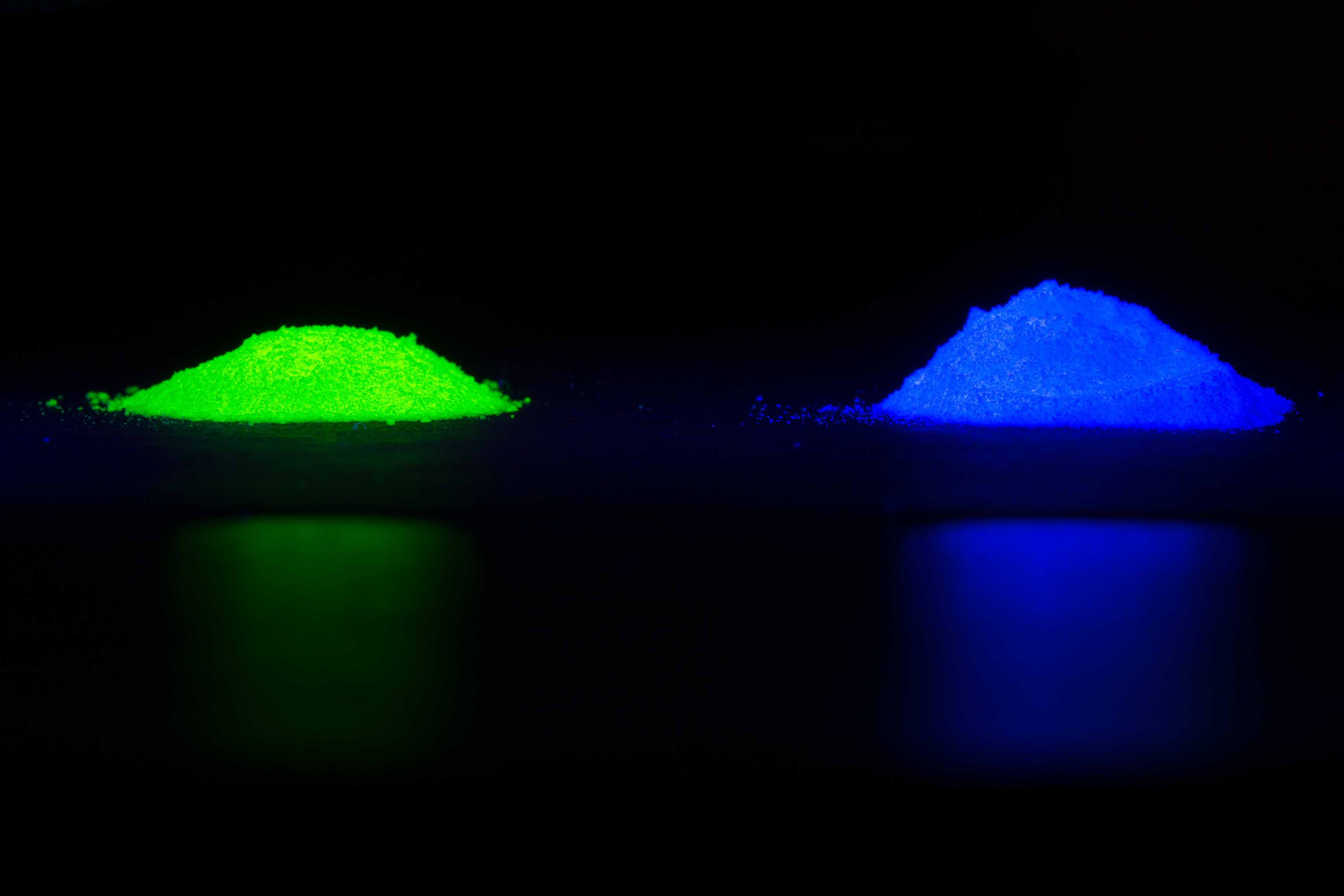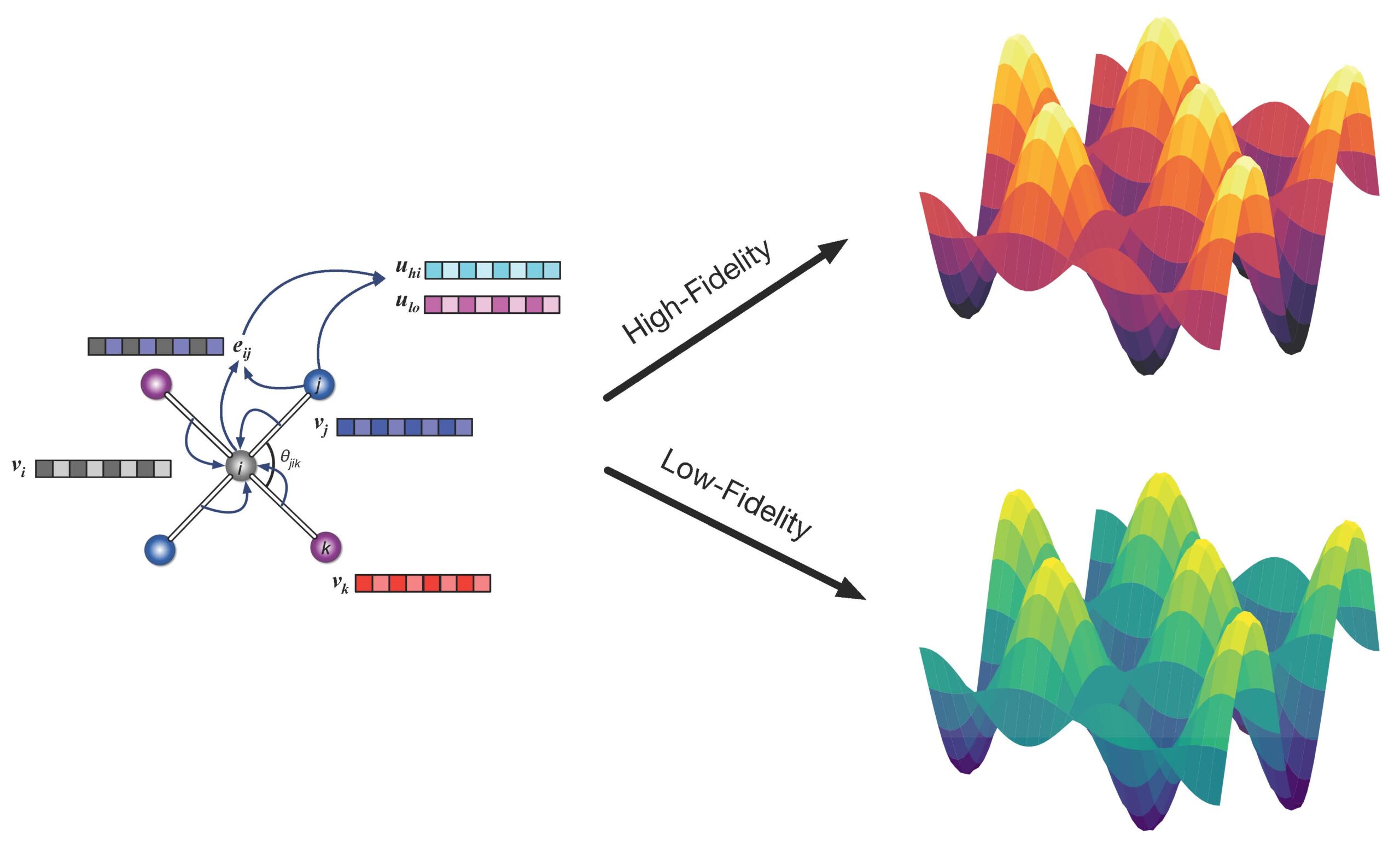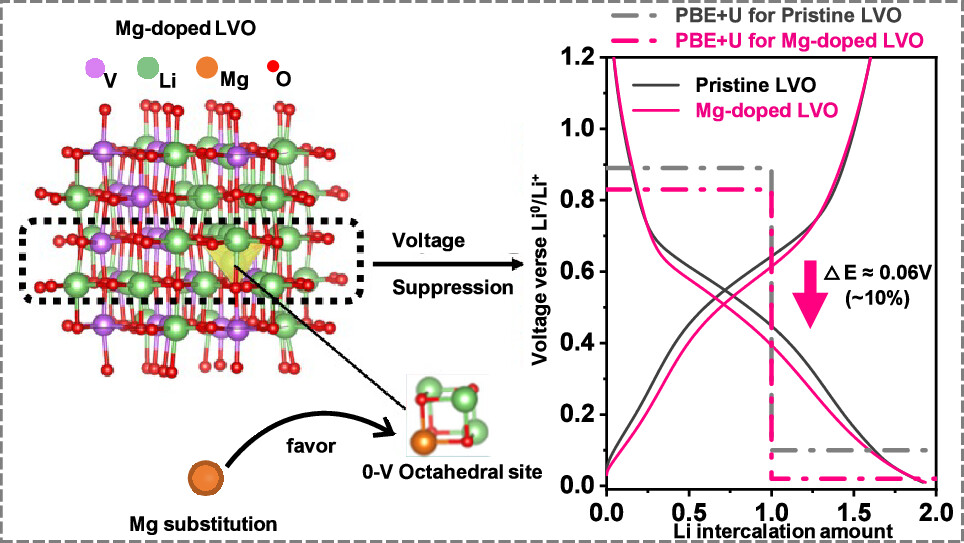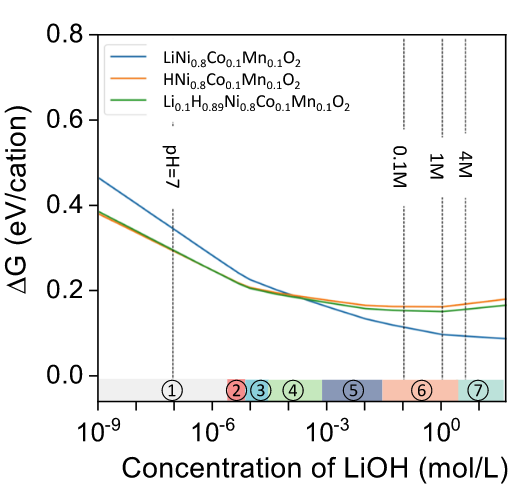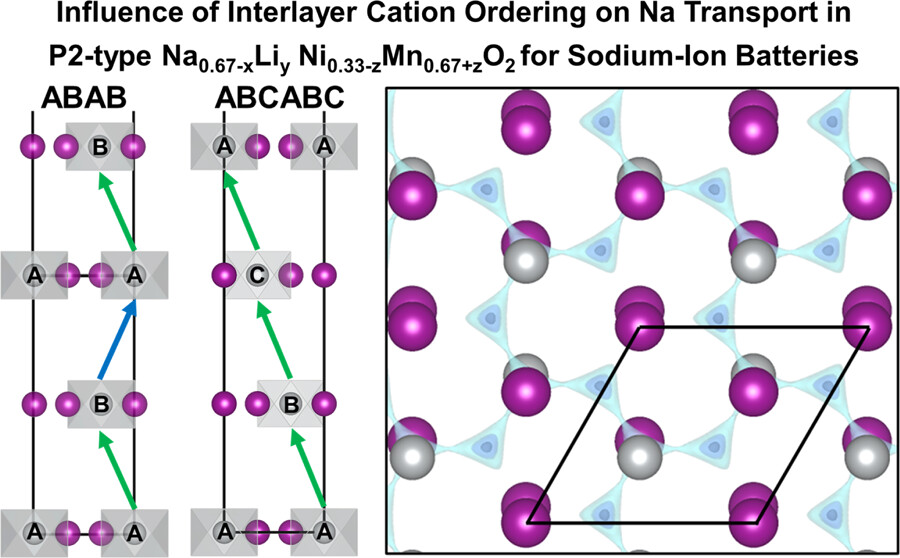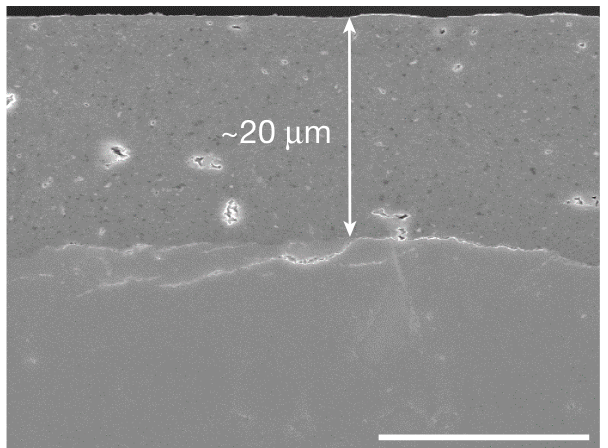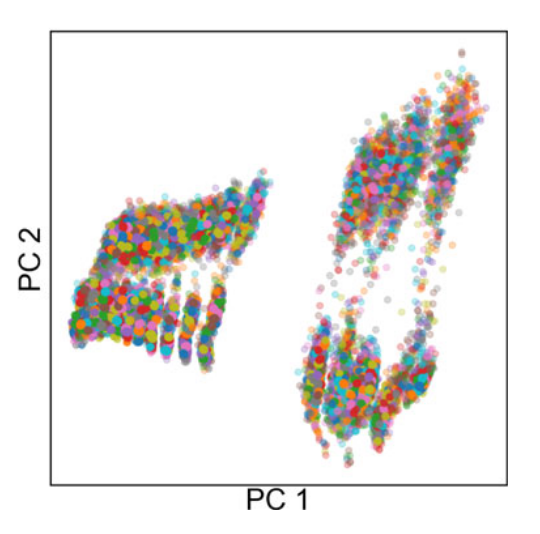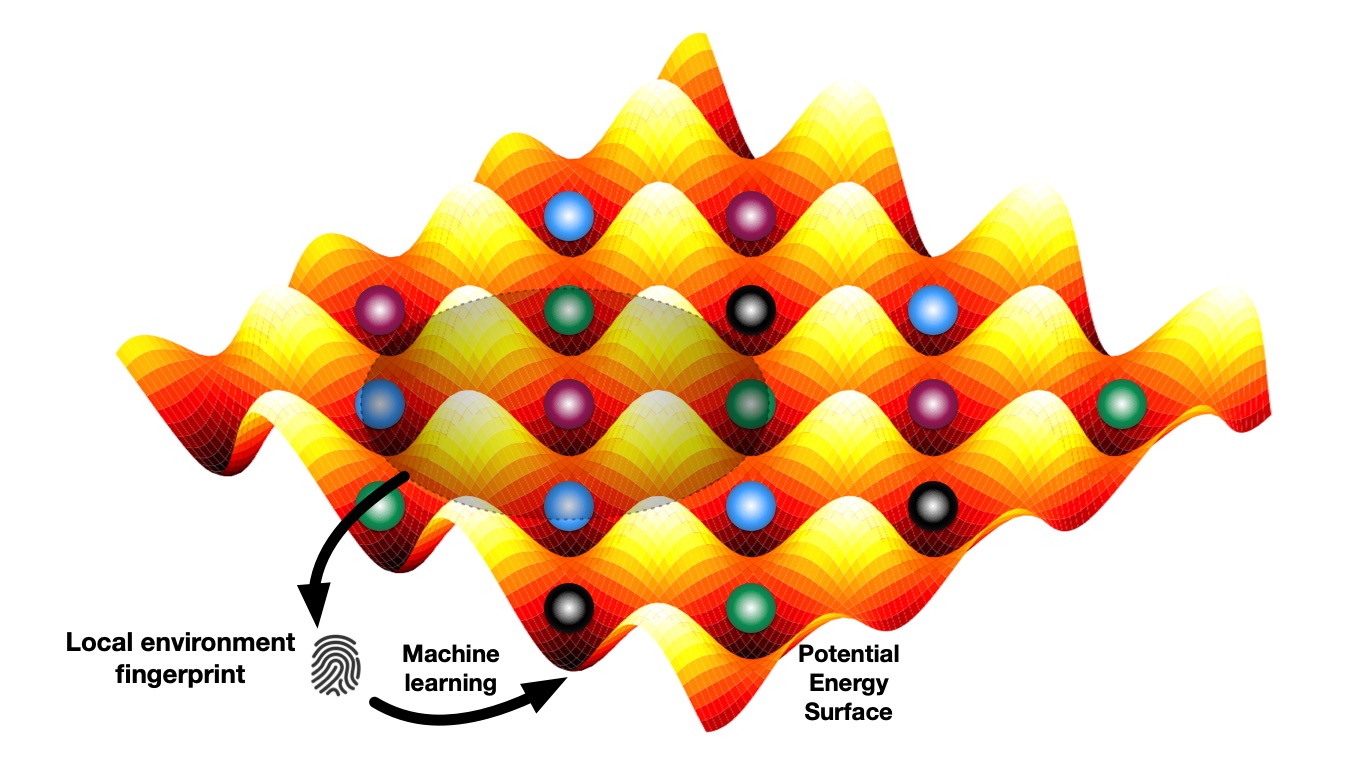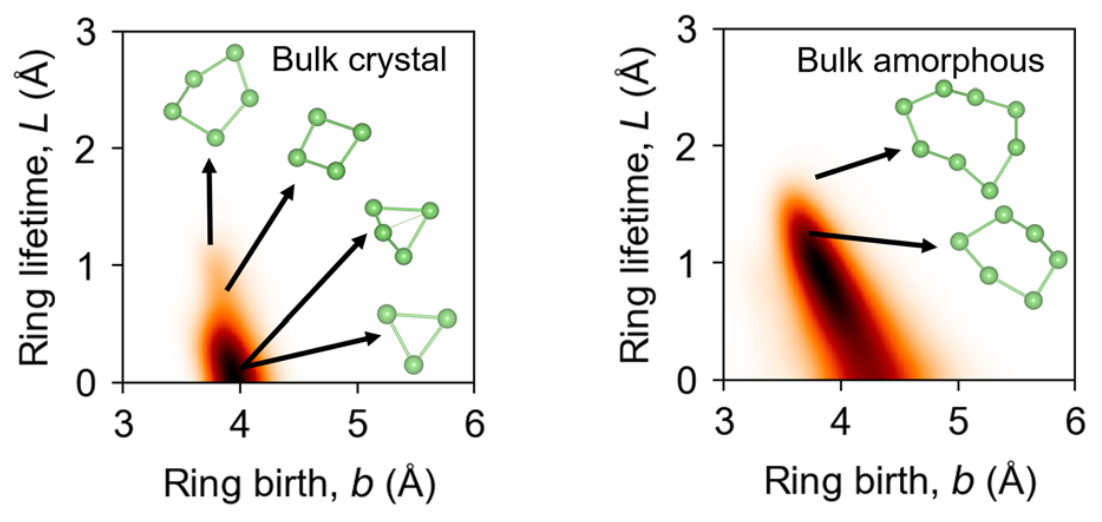High-Fidelity Machine Learning Interatomic Potentials with Multi-Fidelity Training
Machine learning interatomic potentials (MLIPs) are powerful tools for atomistic simulations, but training them with high-fidelity quantum mechanical data is costly. Most MLIPs rely on low-cost PBE calculations, while more accurate SCAN functionals are computationally expensive.
In this work, Tsz Wai Ko introduces a multi-fidelity M3GNet approach that can achieve SCAN-level accuracy with 10% SCAN data, reducing computational costs significantly.
Key Findings
Silicon: Captures phase transitions & structural properties with high accuracy.
Water: Predicts liquid & ice structures better than single-fidelity models.
Efficiency: Cuts high-fidelity data requirements by up to 90% while improving accuracy.
Why It Matters
✔️ Faster, cheaper MLPs for materials simulations.
✔️ Better generalization to unseen materials.
✔️ A pathway to universal, high-fidelity interatomic potentials.
Read the full paper here.

